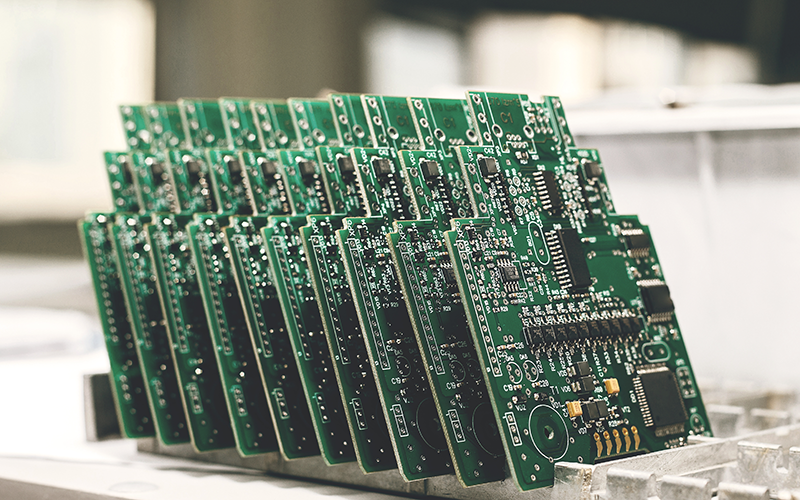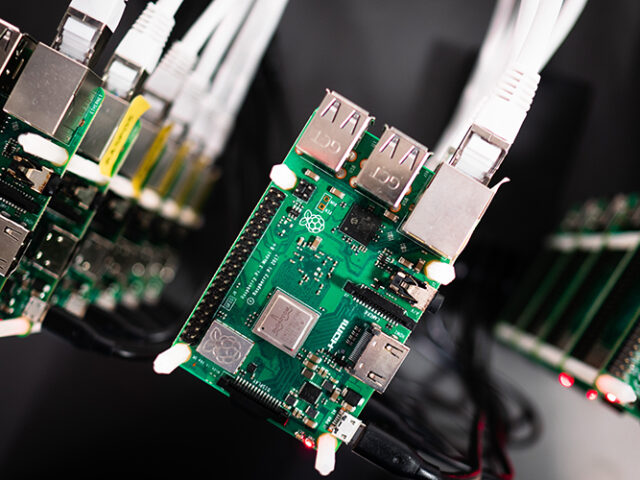Have you ever stopped to think about the tiny piece of technology that makes our electronic devices work? That little green thing is called a printed circuit board, or PCB, and it’s the backbone of the electronics industry. But who came up with this brilliant invention? Well, here, Ryan Pellow, Founder & Managing Director, PCB People, tells you the story of how the PCB came to be.
In the early 1900s, electrical engineers were struggling to find a way to reduce the size and weight of electronic devices. Back then, the devices were bulky and prone to failures because the wires were manually soldered to the metal chassis. It was a mess, and there had to be a better way. Enter Paul Eisler, who had a game-changing idea.
Paul Eisler was an Austrian engineer who lived from 1907 to 1992. He was a prolific inventor, and he held several patents for his innovative ideas. Born and raised in Vienna, Eisler pursued his studies in electrical engineering at the Vienna University of Technology, laying the groundwork for a successful career in engineering and as a freelance inventor.
After fleeing Austria in the runup to World War II, Eisler settled in England. Using his background in the engineering, Eisler came up with the idea of printing electronic circuits to boards as he was frustrated with the bulky and unreliable devices of the day, and he saw an opportunity to create something better. He knew that if he could eliminate the need for messy wiring, he could make devices smaller and more reliable.
So, Eisler got to work. He created a thin sheet of metal with conductive pathways etched onto it, and then covered it with a non-conductive material. The electrical components could be soldered directly onto the board, making the devices smaller and more reliable. It was a simple but brilliant idea, and it changed the electronics industry forever.
Eisler invented the first PCB in 1936, however, his story doesn’t end there…
During World War II, Eisler was classified as an ‘enemy alien’ by the British government and interned, preventing him from developing his idea further. He wasn’t released until 1941, where he chose to partner with Technograph, a subsidiary of Henderson and Spalding, to develop and popularise his printed circuit board invention. However, due to an oversight when reviewing his contract, he unknowingly surrendered his patent rights in exchange for a nominal fee of one pound sterling and a 16.5% ownership stake in Technograph.
Despite these setbacks, Eisler remained steadfast in his passion for PCBs, tirelessly promoting their potential to anyone who would listen. Unfortunately, his vision failed to capture widespread interest until the United States incorporated PCB technology into their work on the proximity fuze, a crucial defence against the German V-1 flying bomb. Once the technology’s success was proven, the United States opened access to Eisler’s PCB innovation, sparking widespread interest and unleashing a wave of innovation in electronic products.
Unfortunately, success does not always ensure a happy ending, as was the case for Eisler.
Technograph’s PCB patents failed to gain recognition from many companies, resulting in financial struggles for the company. Eisler eventually resigned in 1957, just as the electronics industry was entering a period of explosive growth. With demand for electronic devices reaching new heights, the PCB emerged as the most critical component.
Today, PCBs are everywhere. From smartphones to laptops, from cars to refrigerators, this tiny piece of technology is an integral part of our lives. And we have Paul Eisler to thank for his forward-thinking and innovative approach to solving a problem that was plaguing the electronics industry.
But the story of the PCB doesn’t end there. The invention continued to evolve over the years, with advancements in materials, technology, and manufacturing processes. Nowadays, PCBs can be made in all sorts of shapes and sizes, and they can be used in an array of applications, from aerospace and defence to medical devices.
So, the next time you use your smartphone, take a moment to appreciate the man who started it all. Paul Eisler may not be a household name, but his invention has changed the world in a big way. He may have been ahead of his time in 1936, but his legacy lives on, and the PCB will continue to be an essential component in the electronics industry for many years to come.
Thank you Paul.




